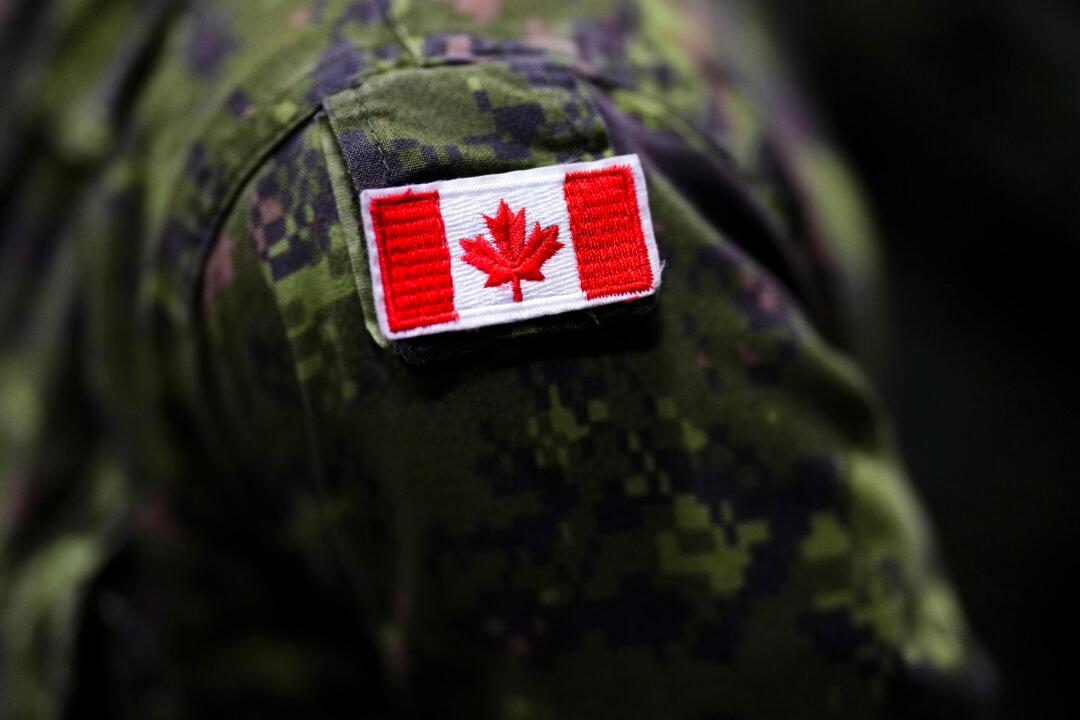Health Minister Patty Hajdu has once again defended Beijing’s conduct regarding the pandemic, saying on Sept. 13 that China was quick to share details about the virus, and dismissed reports of Beijing not being forthcoming with data.
Click to enlarge the timeline





